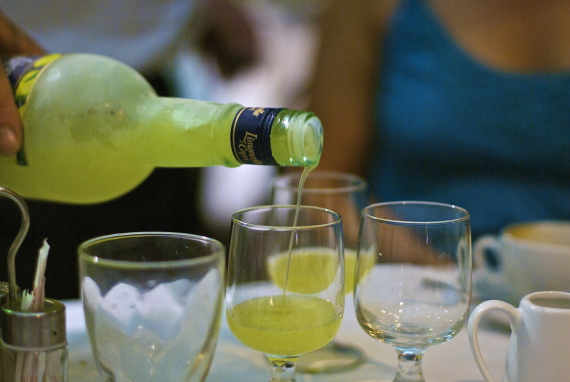Believe it or not, you can make a meal an even grander experience if you just choose and drink the appropriate alcohol in the correct order. We’re talking about “aperitifs” and “digestifs,” French for drinks before or after a meal (respectively). The more booze the better, right?
We’ll start with the “pre” drink. An aperitif is intended to stimulate your appetite, bringing praise to the phrase, “let’s get pre-dinner drinks!” Normally aperitifs are dry and low in sugar, as sugar decreases hunger, and no one has time for a limited appetite. They’re also low in alcohol. There’s a time and a place to be tipsy and toppling over, and it’s not before your table’s appetizers arrive. Also, drinks high in alcohol will dull the taste buds, so you’d only be doing yourself a disservice by drinking something stronger. Classic aperitifs are dry vermouth, gin, champagne, and dry white wine. If you’re more into cocktails, opt for a dry martini. You’ll be ready to eat in no time.
Digestifs have the opposite effect. They are meant to aid digestion, even ease the discomfort of feeling “too full” (although we firmly believe there’s no such thing as eating too much). These drinks are sweeter and have a higher alcohol percentage than an aperitif. After a meal, digestifs should be sipped slowly as they help your body further settle your previous meal. A few traditional digestifs include bourbon, smooth whiskey, brandy, port, sherry and liqueur. One of our favorite digestif options is a refreshing Limoncello, or a lemon liqueur—learn to make it here!
What do you like to enjoy as an aperitif or digestif? Share your recipes with us below!


